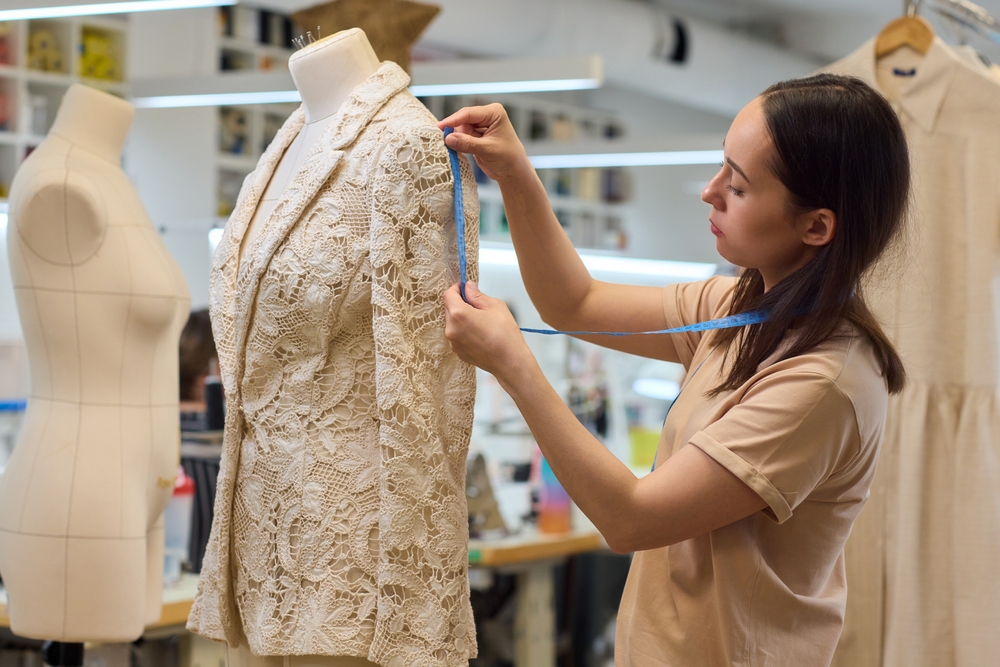Unlocking Creative Potential: Fashion Design Courses for African Students
Fashion design is a vibrant and dynamic field that offers exciting career opportunities for creative individuals across the globe, including those from Africa. This article explores accessible fashion design programs, introduces styling and garment creation techniques, and highlights educational pathways for aspiring fashion professionals from African countries like Mali.

What are the key components of a fashion design course?
A comprehensive fashion design course typically covers several essential components. Students can expect to learn about design fundamentals, including color theory, textile science, and pattern making. The curriculum often includes sketching and illustration techniques, allowing students to bring their creative visions to life on paper. Additionally, courses usually cover garment construction, draping, and sewing skills, enabling students to transform their designs into physical pieces. Fashion history and contemporary trends are also crucial aspects, providing context and inspiration for aspiring designers.
How can African students access fashion design education?
African students have several options to access fashion design education. Many universities and design schools across the continent offer fashion design programs, with notable institutions in countries like South Africa, Nigeria, and Kenya. For those unable to attend in-person classes, online courses and distance learning programs provide flexible alternatives. International fashion schools also offer scholarships and exchange programs specifically for African students, creating opportunities to study abroad and gain global industry exposure.
What are the benefits of pursuing a fashion design course for African creatives?
Pursuing a fashion design course offers numerous benefits for African creatives. It provides a structured environment to develop technical skills and artistic abilities, essential for success in the fashion industry. Students gain access to industry-standard equipment and software, allowing them to create professional-quality designs. Additionally, fashion design programs often include internship opportunities and industry connections, helping students build their professional networks. These courses also encourage cultural expression, enabling African designers to incorporate their heritage into contemporary fashion and contribute to the global fashion dialogue.
How do fashion design courses prepare students for careers in the global industry?
Fashion design courses prepare students for global industry careers by offering a well-rounded education that combines creativity with practical skills. Students learn about the entire fashion production process, from conceptualization to marketing. Courses often include modules on fashion business, sustainability, and digital design tools, equipping students with the knowledge needed to navigate the modern fashion landscape. Many programs also emphasize portfolio development, helping students showcase their work to potential employers or clients. By exposing students to international fashion trends and practices, these courses enable African designers to compete on a global stage.
What unique opportunities exist for fashion design students in Mali?
Mali has a rich textile heritage, particularly known for its vibrant mud cloth (bogolanfini) and indigo-dyed fabrics. Fashion design students in Mali have the unique opportunity to incorporate these traditional techniques into contemporary designs, creating a fusion of local culture and global trends. The country’s growing fashion industry, highlighted by events like Bamako Fashion Week, offers platforms for emerging designers to showcase their work. Additionally, Mali’s position as a West African cultural hub provides inspiration and networking opportunities with artisans and designers from neighboring countries.
How do fashion design courses address sustainability and ethical practices?
Fashion design courses increasingly emphasize sustainability and ethical practices, recognizing the industry’s environmental and social impact. Students learn about eco-friendly materials, upcycling techniques, and zero-waste pattern cutting. Courses often cover fair labor practices and the importance of supporting local artisans and communities. In the context of African fashion, this focus on sustainability aligns well with traditional practices of using natural dyes and handcrafted textiles. By integrating these principles, fashion design programs prepare students to create responsible and innovative designs that resonate with conscious consumers worldwide.
| Institution | Program Type | Key Features | Estimated Duration |
|---|---|---|---|
| LISOF School of Fashion (South Africa) | On-campus Degree | Industry partnerships, international exchange | 3-4 years |
| African Fashion International (Online) | Short Course | Flexible schedule, African-focused curriculum | 3-6 months |
| Parsons School of Design (USA) | Scholarship Program for African Students | Global exposure, cutting-edge facilities | 4 years |
| Design Academy of Fashion (South Africa) | Diploma | Practical skills focus, local industry connections | 3 years |
| Yali Creative (Online) | Certificate Course | Entrepreneurship focus, mentorship program | 6-12 months |
Prices, rates, or cost estimates mentioned in this article are based on the latest available information but may change over time. Independent research is advised before making financial decisions.
Fashion design courses offer a gateway for African creatives to enter the global fashion industry. By combining traditional craftsmanship with modern design techniques, these programs empower students to create unique, culturally rich fashion that resonates on an international scale. As the fashion world increasingly seeks diverse perspectives, African designers educated through these courses are well-positioned to make significant contributions to the industry’s future.






